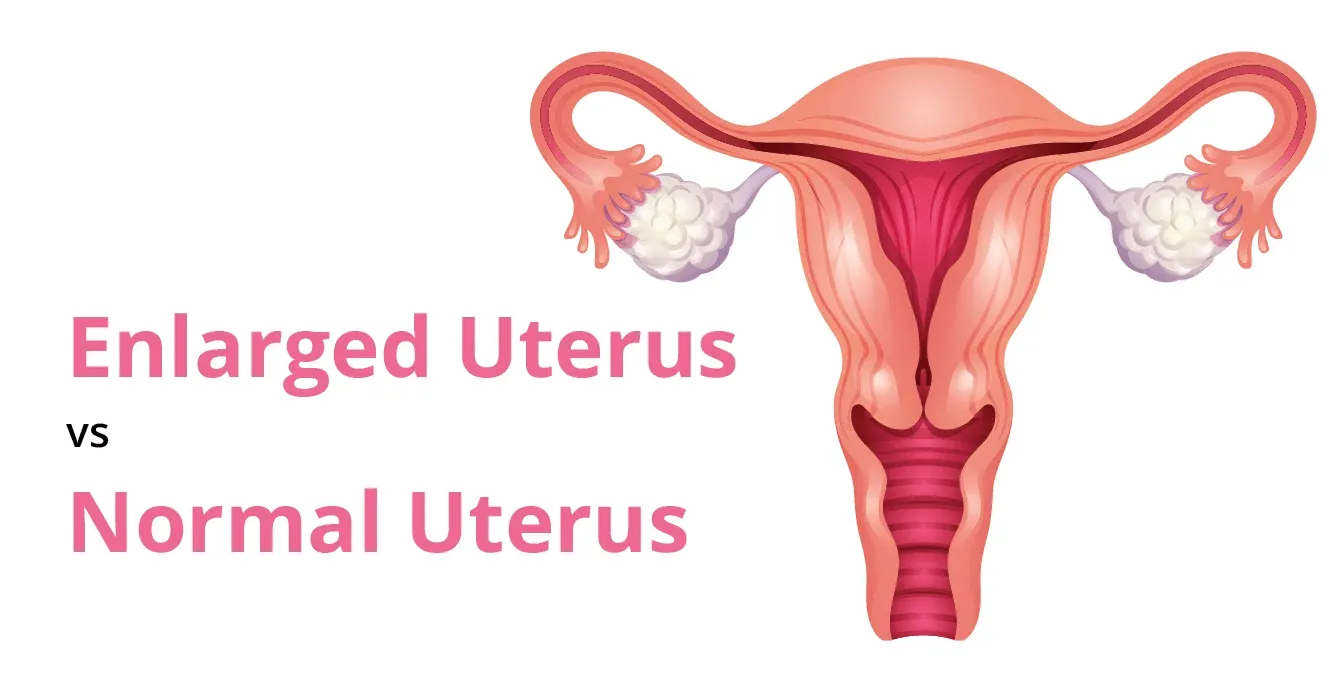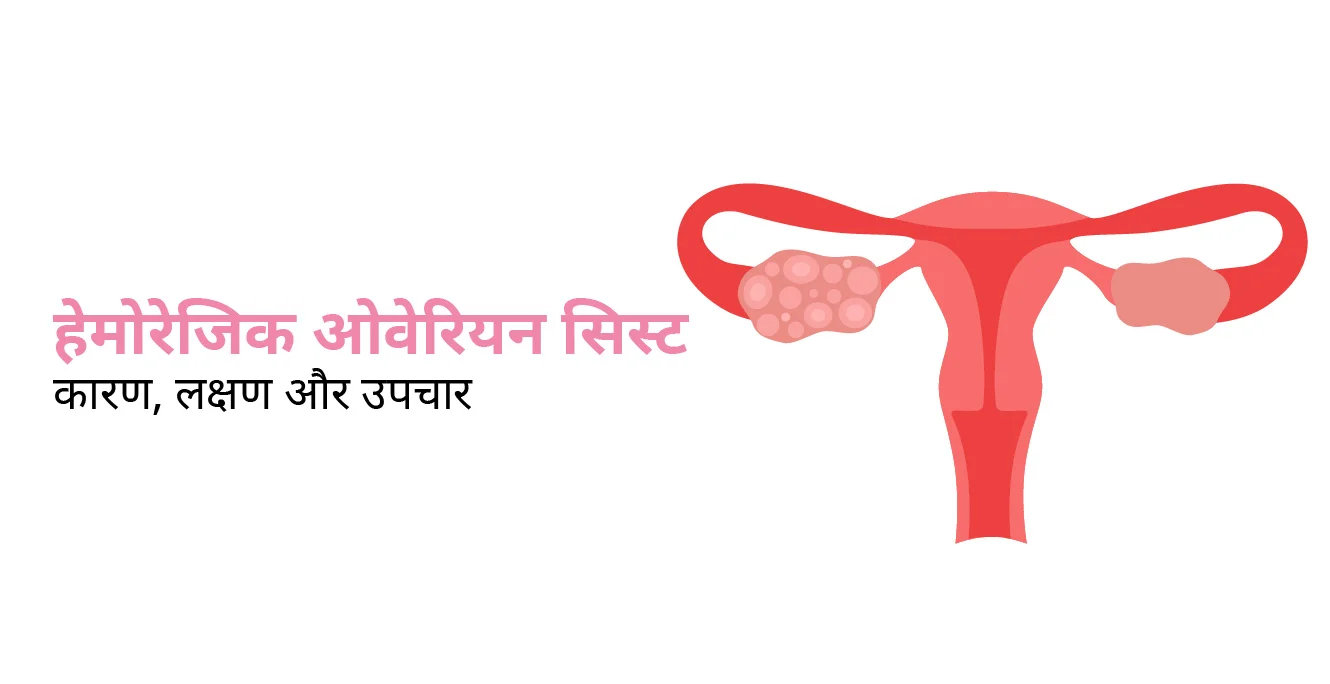
Hydrosalpinx: Causes, Symptoms, Diagnosis & Treatment

Table of Contents
Hydrosalpinx is a condition affecting women’s reproductive health in which one or both fallopian tubes become filled with fluid and gets blocked. The blockage happens typically at the end of the fallopian tube and prevents the egg from entering it.
How Does Hydrosalpinx Affect Your Fertility?
Fallopian tubes are a part of a woman’s reproductive system that connects the uterus and the ovaries. During the menstrual cycle, these tubes carry the egg from the ovaries to the uterus. And during conception, the fertilised egg moves through these tubes from the ovaries to the uterus.
If one of the fallopian tubes is blocked, sperm will have trouble reaching the eggs and fertilising them. Even if an ovulated egg could manage to join with sperm for fertilisation, the hydrosalpinx would most likely block the embryo from travelling through it and implanting into the uterus.
In some rare cases, an ectopic pregnancy can occur where the fertilised egg attaches to a part of your body other than the uterus, most likely in the fallopian tube and can result in further complications.
Hydrosalpinx can affect the body in several ways beyond its impact on fertility.
- Pelvic Pain: Many women experience ongoing or on-and-off pain in the lower abdomen or pelvis. It can be mild or quite uncomfortable, making daily life harder.
- Inflammation and Scarring: Often linked to infections or past injuries, hydrosalpinx can cause long-term inflammation, leading to scarring that worsens the blockage.
- Unusual Discharge: Some women notice persistent vaginal discharge, which can be frustrating or concerning.
- Effects on the Uterus: The fluid from the blocked tube can leak into the uterus, making it harder for an embryo to implant and possibly causing discomfort.
The chances of a successful pregnancy with hydrosalpinx depend on how severe it is and whether it’s treated.
- Pregnancy Challenges: Hydrosalpinx makes conception harder, whether naturally or with as the blocked tubes affect egg and sperm movement.
- Natural Conception Possibilities: If one tube is healthy or treatment is done, pregnancy is still possible, though more difficult in severe cases.
- Risk of Ectopic Pregnancy: The condition increases the chances of an ectopic pregnancy, where the fertilised egg implants outside the uterus.
- Treatment Can Help: Removing the damaged tube or treating the condition before IVF improves the chances of a healthy pregnancy.
- Importance of Early Intervention: Without treatment, pregnancy success is lower, and the risk of early miscarriage is higher.
Thus, while successful pregnancies can occur with hydrosalpinx, especially in mild cases or with appropriate treatment, the overall chances are significantly diminished compared to women without this condition.
Hydrosalpinx Symptoms
Hydrosalpinx doesn’t usually have symptoms. Most women are unaware of the fact that they have hydrosalpinx blocking the fallopian tubes till they start trying to conceive and fail. In certain cases, hydrosalpinx can lead to some pain on one side of the abdomen due to the filling of fluids and swelling of a blocked fallopian tube. Others having hydrosalpinx may also experience abnormal vaginal discharge and abdominal and pelvic pain that occurs during or before a menstruation period.
There are a few things that can lead to hydrosalpinx:
- Pelvic inflammatory disease (PID): This is often caused by sexually transmitted infections (STIs) like gonorrhea or chlamydia that don’t get treated properly.
- Endometriosis: When tissue that normally lines the inside of the uterus grows outside of it, it can block the tubes.
- Scar tissue: Previous surgeries or conditions like appendicitis can cause scar tissue that blocks the tubes.
- Ectopic pregnancy: If a pregnancy happens outside the uterus, it can damage the tubes.
- IUDs: Using an intrauterine device for a long time may increase the risk of getting hydrosalpinx and PID.
Hydrosalpinx is a condition characterised by the blockage and fluid accumulation in one or both fallopian tubes, which can lead to female infertility. There are two main types of hydrosalpinx:
- Unilateral Hydrosalpinx: This means only one fallopian tube is blocked and filled with fluid. It can make conception harder on that side, but if the other tube is healthy, there’s still a chance of getting pregnant naturally.
- Bilateral Hydrosalpinx: Here, both fallopian tubes are blocked, making natural conception almost impossible. Since the egg and sperm can’t meet, assisted reproductive options like IVF often become the best way forward.
Hydrosalpinx Risk Factors
Several factors can increase the risk of developing hydrosalpinx. These include:
- After injury or surgery, the body’s immune system rushes inflammatory cells to the site, causing it to swell. If the surgery is done on the fallopian tubes, inflammatory cells can start to accumulate in them, which could lead to blockage.
- Past ectopic pregnancy can also scar the tubes, leading to blockage.
- Genital tuberculosis can also lead to hydrosalpinx.
- The use of an intrauterine device (IUD) or other birth control devices as a contraceptive can also lead to the development of hydrosalpinx.
- Endometriosis, the growing of tissue outside the uterus, can be another reason for the development of hydrosalpinx.
Hydrosalpinx Diagnosis
The methods used for the diagnosis of hydrosalpinx are as follows:
Hysterosalpingogram (HSG)
A hysterosalpingogram (HSG) is an X-ray that checks for blockages of the uterus and fallopian tubes. Doctors often use it because it gives a better overview of possible problems than just an ultrasound.
A special liquid that can be seen on an x-ray will be inserted through the cervix (neck of the womb), and then an x-ray will be taken (called a hysterosalpingogram, or HSG) to see if the liquid has gone in the right place.
If your fallopian tubes are open, the liquid will flow down the tubes and into your pelvic area. If they’re blocked, it gets trapped, and your doctor will be able to tell you to have a hydrosalpinx.
Laparoscopy
Laparoscopy, also called keyhole surgery, is a technical surgical procedure. It entails making a small entry into your stomach and inserting a special telescope to provide magnified images of the regions. Through this surgery, the specialist can detect if something is blocking your fallopian tubes and whether that blockage is due to hydrosalpinx or some other causes.
Ultrasound
Your doctor will be able to check for hydrosalpinx using an ultrasound. If the tube appears enlarged, this usually means there’s a more severe hydrosalpinx present.
Sonohysterosalpingography
A sonohysterosalpingography, also called a sonohysterogram, is a type of ultrasound that uses sound waves to find problems with the uterus or other organs in the female reproductive system. These might be problems affecting fertility and can be detected during the exam. Doctors usually can’t use sonohysterograms directly on the fallopian tubes, but it can help determine whether there is a blockage or not.
Hydrosalpinx Treatment
There are different types of hydrosalpinx treatment, and the choice will depend on how severe the blockage is. Surgery is the common method for treating hydrosalpinx. Here are two common surgical procedures:
Laparoscopic Surgery
Scar tissue or adhesions that are causing infertility can usually be surgically removed with this surgical method.
This surgical procedure involves removing all or part of the fallopian tube. This procedure is very helpful in restoring fertility. If the underlying cause is endometriosis, the treatment involves removing the endometrial growth.
Sclerotherapy
Another alternative treatment is sclerotherapy. The process involves focusing ultrasound on a needle to extract the liquid from the affected fallopian tube. After that, a special chemical is inserted, preventing future fluid build-up in the area.
This method is less aggressive than laparoscopic surgery.
If your fallopian tubes are too damaged for natural conception, IVF offers a way forward. Instead of relying on the tubes, IVF involves retrieving your eggs, fertilising them in a lab, and then transferring the embryo directly into your uterus. This bypasses the blockage entirely, giving you a better chance of a successful pregnancy. Many women with hydrosalpinx have found IVF to be their best option, especially when combined with treatment to improve their overall fertility health.
If hydrosalpinx is left untreated, it can lead to several complications that affect both health and fertility:
- Ongoing Infertility: The blocked fallopian tube stops the egg and sperm from meeting, making natural conception nearly impossible. Even if fertilisation happens, the embryo may not reach the uterus.
- Higher Risk of Ectopic Pregnancy: If an egg implants in the fallopian tube instead of the uterus, it can cause a dangerous rupture and internal bleeding.
- Chronic Pelvic Pain: Many women experience ongoing pain, which can worsen over time and affect daily life.
- Lower IVF Success Rates: The fluid from the blocked tube can leak into the uterus, making it harder for an embryo to implant and increasing the risk of miscarriage.
Hydrosalpinx is relatively common among women facing infertility in India, often linked to untreated pelvic infections, tuberculosis (a major cause in India), or past pelvic surgeries. Studies suggest it affects around 10–30% of women with tubal infertility. Since genital tuberculosis is more prevalent in India than in Western countries, the risk may be higher, particularly in regions with poor access to healthcare. Many cases go undiagnosed until a woman struggles to conceive or experiences pelvic pain.
How to Lower Your Risk of Getting Hydrosalpinx
There are a few things you can do to reduce your chances of getting hydrosalpinx:
- Practice safe sex to avoid STIs, which are a major cause.
- If you do get an infection, treat it right away to prevent long-term damage.
- Try to avoid unnecessary surgeries in your pelvic area.
Conclusion
A person who has hydrosalpinx may still be able to get pregnant; however, the likelihood of success is dependent on the severity and blockage’s cause. Without any treatment, conception won’t always happen, and early pregnancy loss or ectopic pregnancy are risks that could occur.
An accurate diagnosis of hydrosalpinx will help in the further treatment of this condition. Diagnosis methods involve Hysterosalpingogram (HSG), Laparoscopy, Sonohysterosalpingography etc. Treatments for hydrosalpinx will increase the chances of getting pregnant significantly. Surgeries, such as laparoscopy and salpingectomy are common methods for treating hydrosalpinx. Sclerotherapy is another alternative treatment solution.
FAQs
Can You Treat Hydrosalpinx Naturally?
There is no conclusive scientific research proving the use of natural treatments for hydrosalpinx.
Can You Have a Successful Pregnancy with Hydrosalpinx?
A natural pregnancy can happen if one tube doesn’t have a hydrosalpinx or any other obstruction since sperm can reach the egg in the unaffected tube. But if both tubes are obstructed, there will be no natural pregnancy. The doctor will then recommend surgery to treat hydrosalpinx. Later you can opt for In Vitro Fertilisation (IVF).
Can I Just Get IVF and Not Treat Hydrosalpinx?
Doctors usually recommend surgery to treat hydrosalpinx before attempting IVF. This can result in a higher success rate for embryo transfer. If the hydrosalpinx is not treated, there can be chances of ectopic pregnancy or miscarriage.
How Does This Affect Your Fertility?
Fallopian tubes are a part of a woman’s reproductive system that connects the ovaries and uterus. During the menstrual cycle, the fallopian tubes carry the egg from the ovaries to the uterus. And during conception, the fertilised egg moves from the ovaries to the uterus through these tubes. If one or both of the fallopian tubes are blocked, sperm will have trouble reaching the eggs, causing infertility.
Our Fertility Specialists
Related Blogs
To know more
Birla Fertility & IVF aims at transforming the future of fertility globally, through outstanding clinical outcomes, research, innovation and compassionate care.
Had an IVF Failure?
Talk to our fertility experts

 Our Centers
Our Centers











